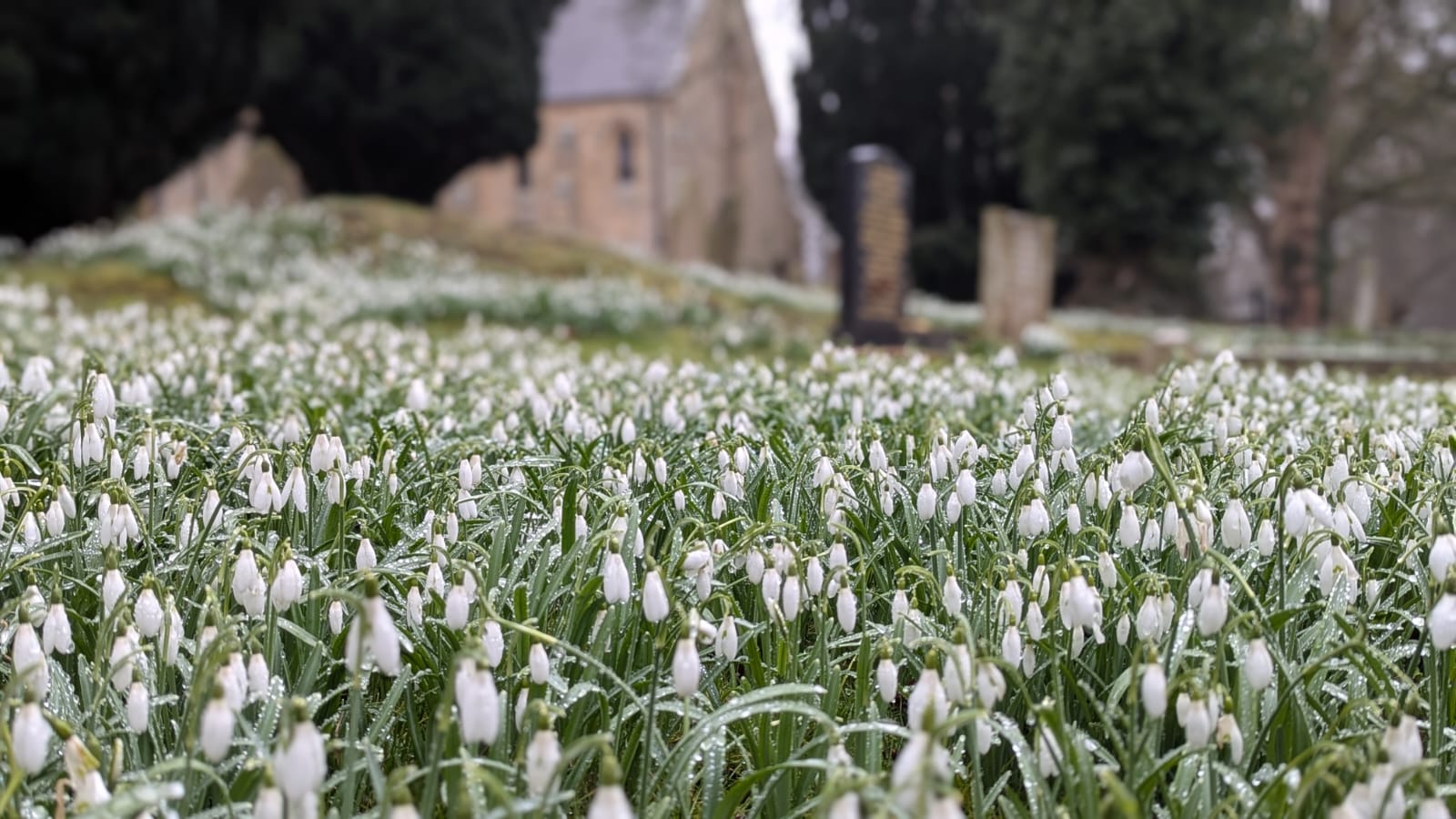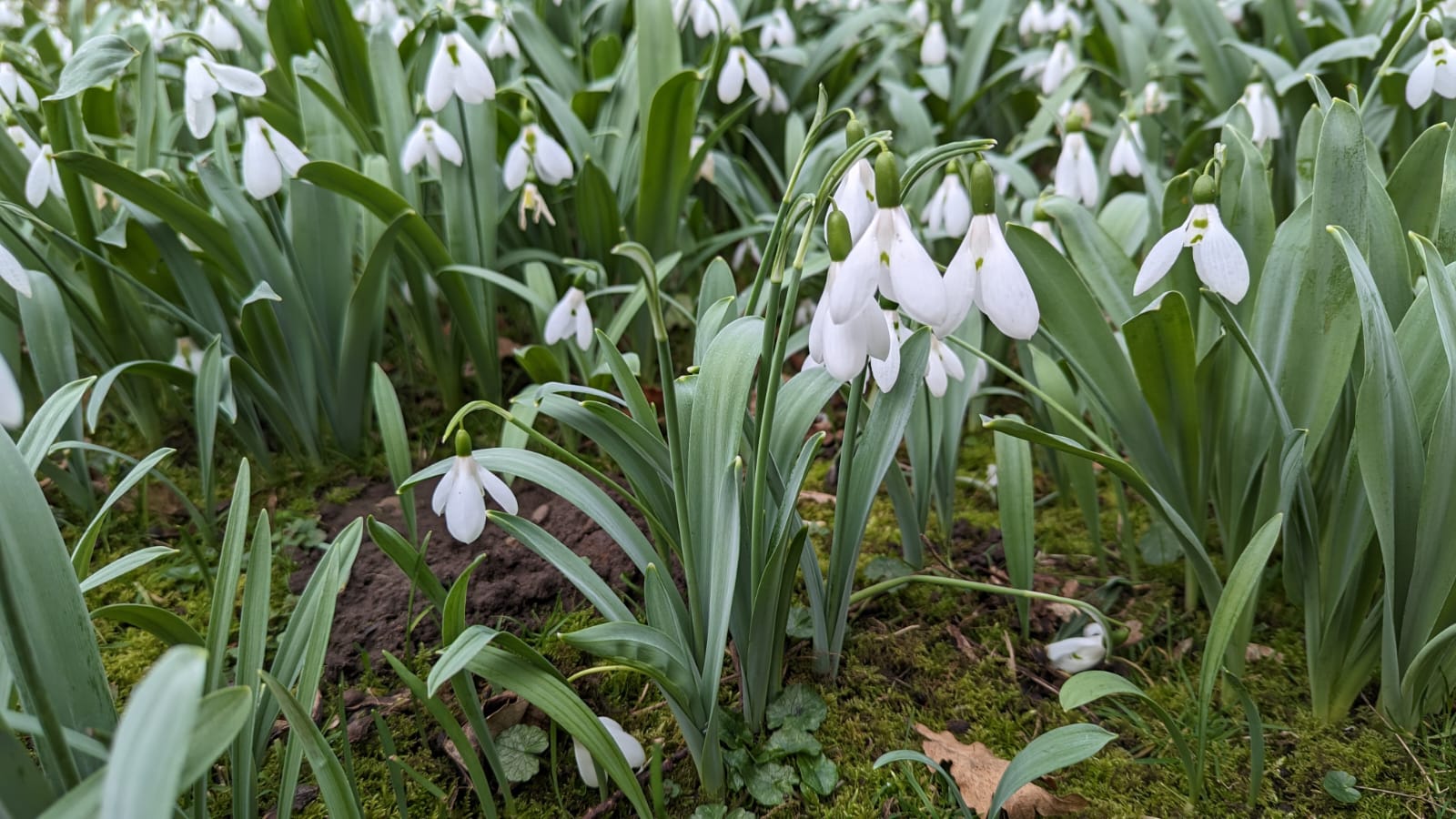A quick summary of a productive month spent exploring the scarcer ladybirds of Newcastle.
While out and about in search of ladybirds this last few weeks, I have been lucky enough to stumble across a number of scarce and unusual species in addition to the plentiful 7-Spots and Orange Ladybirds so many of us know and love. Several of which have been completely new for this incredibly amateur ladybird spotter. Here, I thought I’d share a few highlights from what has been a glorious few weeks spent finding and recording these colourful insects.
Starting, you guessed it, in local cemeteries and perhaps the highlight of the past few weeks, and it was exciting to find singles of Cream-streaked Ladybird (Harmonia quadripunctata) in both Jesmond Old Cemetery and Benton Cemetery. A fairly large, robust ladybird similar in appearance to the non-native Harlequin, a quick search of NBN would suggest this conifer specialist is yet to be recorded in South Northumberland (VC67), until now.
The first of these was beaten from Black Pine (Pinus nigra), while the second was found on a gravestone. There are surely many more of these large and impressive ladybirds out there to be discovered.



While searching for ladybirds as part of the North East Ladybird Spot, one species I had desperately wanted to find was the 18-Spot Ladybird (Myrrha octodecimguttata). Another conifer specialist sporting a distinctive mix of cream spots atop maroon wing cases, this is likely another under-recorded ladybird owing to its tendency to hide out within the dense foliage of conifers.
Visiting Jesmond Old Cemetery a fortnight back, it was therefore quite exciting to find not one but five of these insects nestled on a gravestone beneath the only pine in the cemetery. The same one, in fact, that also held the Cream-streaked above. These isolated trees really can come up trumps when it comes to specialist ladybirds!



One species I seem to be encountering with increasing frequency in the North East is the Adonis’ Ladybird (Hippodamia variegata). A ladybird associated with sandy, open soils, this is a very small species that superficially resembles the common 7-Spot. Small size aside, it can be told apart by its more elongated body shape and the concentration of black spots towards the rear of the wing cases.
The first of the ladybirds shown below was beaten from Black Pine in Jesmond Old Cemetery, while the duo in the pot were found within Gorse at Havannah Nature Reserve.


After encountering Striped Ladybird (Myzia oblongoguttata) for the first time a few weeks back, it has been fantastic catch up with further individuals over recent weeks. During a trip to Havannah Nature Reserve with members of the natural history society, three of these beautiful insects were seen, while a visit to Gosforth Nature Reserve produced a surprise when the potted individual below was beaten from Gorse. Albeit near to its favoured Scots Pine.
Striped Ladybird featured in a recent video I produced for the North East Ladybird Spot. Please do take a look below, if you can look past my nervous, flailing hands…



Despite (apparently) being reasonable common, Larch Ladybird (Aphidecta obliterata) is a species I have struggled to catch up with this winter. To date, checking the trunks and branches of larch has drawn a blank, as have gravestones in conifer rich cemeteries. You can imagine my delight then when the ladybird shown below was beaten from the tip of a wind-blown Sitka Spruce (Picea sitchensis) as Gosforth Nature Reserve.
Despite appearing somewhat drab, this small, brown ladybird with its distinctive black central line is actually rather pretty when viewed up close.


Back to Benton Cemetery now and while searching the ranks of Harlequin and Orange Ladybirds, it was a delight to encounter my first Eyed Ladybird (Anatis ocellata) of the year. Britain’s largest species, this ladybird sports distinctive white rings around its many black spots. A feature which, as its name suggests, gives the appearance of having eyes atop its wing cases. A conifer specialist, I can count on one hand the number of times I have encountered this species to date.

Finally, we come to a North East ladybird that I am beginning to think is not all too scarce at all, rather tricky to see and highly under-recorded. Hiding out in the stems of Bulrush (Typha latifolia) and other marginal plants in winter, the Water Ladybird (Anisosticta novemdecimpunctata) seems to be cropping up at more and more local sites as naturalists begin purposefully looking for it.
The individuals spotted below were seen at Gosforth Nature Reserve, but others were also encountered at Havannah Nature Reserve and Rising Sun Country Park.


And there we have it, a quick tour of some ladybird highlights from the last few weeks. I will be continuing the Ladybird Yearlist throughout 2022 which thanks to the additions of Larch and Eyed Ladybirds now stands at a reasonable 17 species. Truthfully, I am not sure how many more are out there to be discovered but I at least stand a chance of encountering 11-Spot and 24-Spot Ladybird before year’s end, while 14-Spot is all but guaranteed if I find the time to poke about some grassland.
Setting my sights a little higher, I will also be visiting suitable sites in search of the slightly more elusive 5-Spot Ladybird; while the predominately Southern 16-Spot Ladybird cannot be out of the question while walking in grassland come summer…





Leave a Reply